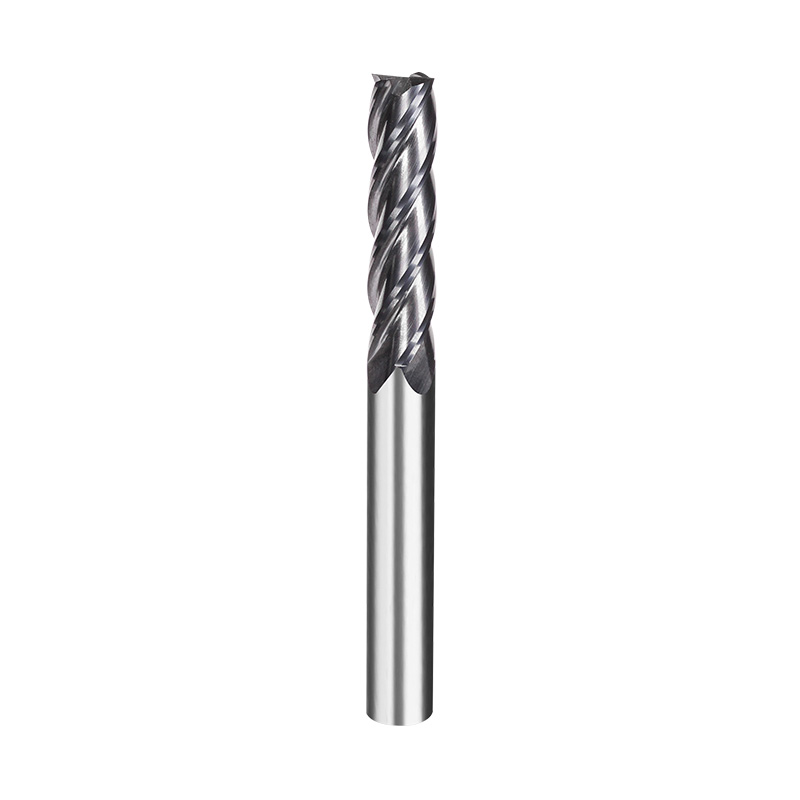In the precision machining industry, the edge treatment of cutting tools is a critical factor that can significantly influence the quality and efficiency of the manufacturing process. The adoption of chamfering and radiusing techniques for carbide end mills has become a standard practice, enhancing the performance and durability of these essential tools.
The Importance of Edge Treatment
Edge treatment is a crucial aspect of tool preparation that involves modifying the cutting edge to improve its performance. In the case of carbide end mills, chamfering and radiusing are two such techniques that have proven to be highly effective. Chamfering involves creating a beveled edge, which helps to reduce the cutting force and the likelihood of tool breakage. Radiusing, on the other hand, involves rounding the cutting edge, which can help to minimize the risk of chipping and improve the surface finish of the workpiece.
The Benefits of Carbide Chamfer End Mills
Carbide chamfer end mills are specifically designed for chamfering operations, where a beveled edge is required. These tools offer several advantages over traditional end mills:
1. Increased Durability: The chamfered edge is less prone to breakage, which extends the life of the tool.
2. Improved Surface Finish: The beveled edge reduces the cutting force, resulting in a smoother surface finish on the workpiece.
3. Reduced Cutting Force: The angled edge of the chamfer reduces the force exerted on the tool, minimizing the risk of deflection and vibration.

The Role of Carbide Corner Radius End Mills
Carbide corner radius end mills are engineered to create a rounded edge on the workpiece, which is particularly useful in applications where sharp corners are undesirable. The benefits of using these tools include:
1. Enhanced Safety: Rounded edges are less likely to cause injury during handling or assembly.
2. Improved Aesthetics: A smooth, rounded edge can enhance the visual appeal of the finished product.
3. Reduced Stress Concentration: Rounded edges help to distribute stress more evenly, reducing the likelihood of material failure.
The Precision of Carbide Micro End Mills
Carbide micro end mills are designed for high-precision machining operations, where the smallest of details need to be accurately reproduced. These tools offer several advantages:
1. High Accuracy: The fine cutting edges of carbide micro end mills allow for the creation of intricate details with exceptional accuracy.
2. Long Tool Life: The hardness and wear resistance of carbide ensure that these tools maintain their cutting edge for an extended period.
3. Versatility: Carbide micro end mills can be used in a wide range of materials, from soft plastics to hard metals.
The Impact on Machining Processes
The adoption of chamfering and radiusing techniques using carbide chamfer end mills, carbide corner radius end mills, and carbide micro end mills has a profound impact on the machining process. It not only improves the quality of the finished product but also increases the efficiency of the manufacturing process. By reducing tool breakage and improving surface finish, these tools help to minimize downtime and reduce the need for post-processing.
The strategic application of chamfering and radiusing techniques on carbide end mills, including carbide chamfer end mills, carbide corner radius end mills, and carbide micro end mills, is a testament to the ongoing innovation in the machining industry. These advanced edge treatments not only improve tool performance and extend tool life but also contribute to the production of higher quality parts with greater precision.